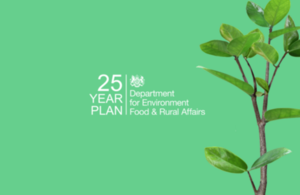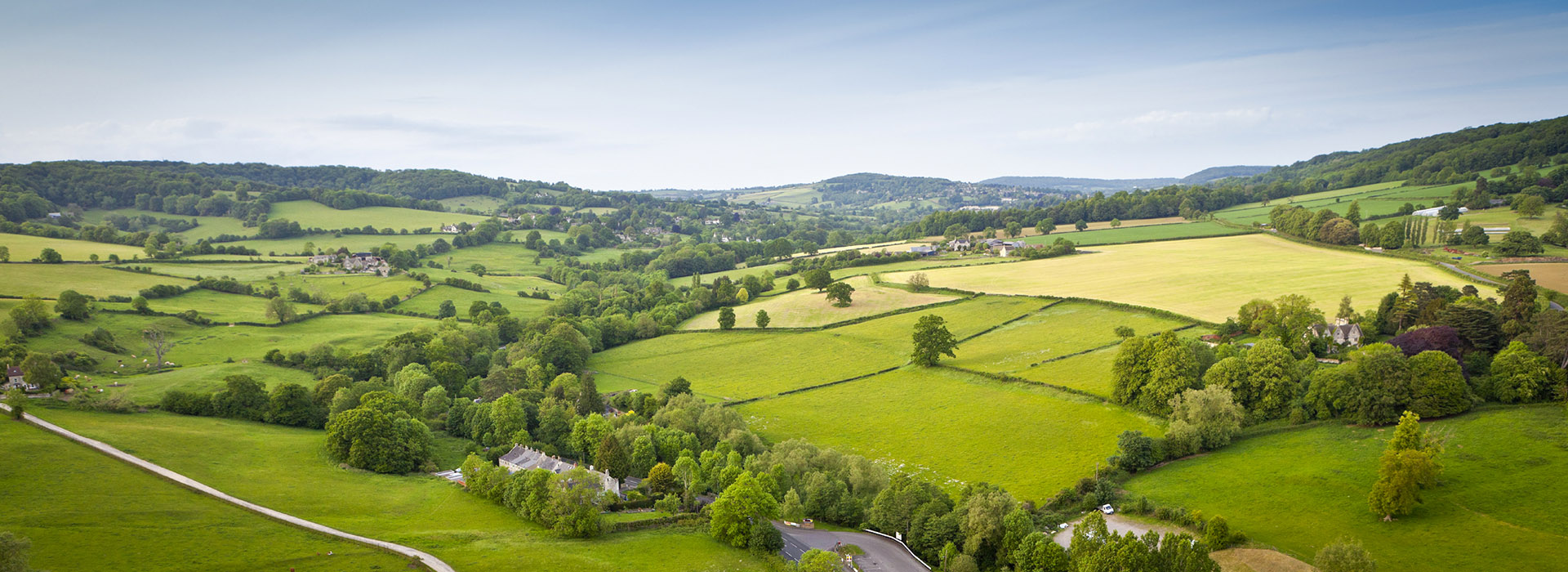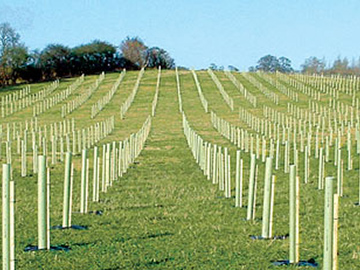Speaking at the Oxford Farming Conference, the DEFRA Secretary, Michael Gove, has provided some clarity around the future of farm support.
It is becoming increasingly clear that, as we speculated last month, whilst the UK is in the (two year) ‘transition period’ the rules of the CAP will continue to apply. Therefore, assuming that the transition is agreed and we do not simply crash-out of the EU on the 30th March 2019, the BPS will continue to apply in the UK for both the 2019 and 2020 year.
The 2021 year seems a grey area. A full two-year transition would take the timing into March 2021 and it is likely that the BPS would apply once more. However, there are noises within the EU that the transition should end on 30th December 2020 to fit in with the EU Budget periods. If this is the case, the UK might move to a domestic agricultural policy at this point.
Whilst operating under the rules of the CAP, there is little scope for the UK to change the support system in the short term. However, MR Gove has indicated that he wants to see BPS payments to the largest recipients ‘capped’ (which is allowed under existing EU rules). This would not happen for the 2019 year, but would be introduced for 2020 onwards. Of course, the devil is in the detail when it comes to capping – thresholds and rates have not been set. A cap at the equivalent of €300,000 (as currently operates Wales) would not affect many claimants, but one set at the National Living Wage certainly would. A ‘Command Paper’ will be published ‘later this spring’ which should set out the proposed plans for farm support and be subject to consultation. Note that the level of capping is a devolved matter so this proposal only applies to the English BPS.
Mr Gove stated that there should be a ‘five year period’ after BPS 2019 to allow farmers to adjust to a new regime. This suggest a BPS-like area payment would continue until 2024 and after that, any payment would only be for ‘public goods’. However, claimants should not necessarily conclude that the BPS in its current form, and at its current level will be around until 2024. Firstly, MR Gove indicated that, once outside of the restrictions of the CAP (2021 or 2022) rules such a Greening and Cross-compliance could be ditched. Against this positive, we believe that payment rates will taper down in the period 2021 to 2024 in order to ‘wean’ farmers off direct payments, and to free-up funds for other programmes. To summarise all this (assuming a transition deal with Europe is agreed);
- 2019: BPS – same rules as now
- 2020: BPS, but with capping – detailed rules awaited
- 2021: likely to be as per 2020, but could first year of British Agricultural Policy
- 2022: almost certainly BAP (unless transition period is extended) – phasing down of Direct Payments likely to start (capping still in place)
- 2023 and 2024: phasing continues as new ‘public goods’ schemes begin to be rolled-out
- 2025: no more direct support
Other headline points from the speech include;
- a guarantee that no one entering into the existing Countryside Stewardship Scheme will be unfairly disadvantaged in any transition to new arrangements
- a commitment to simplify the CSS application process so that it can be completed in a working day
- a new food standards measure to promote best practice and assist in marketing UK produce at home and abroad
- changing procurement rules to help get more British food into public institutions and improving diets to reduce health issues
The full text of Mr Gove’s speech can be found at – https://www.gov.uk/government/speeches/farming-for-the-next-generation







